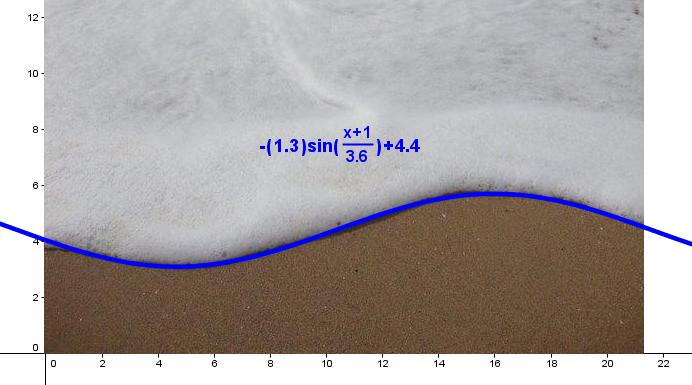As has been previous noted, I am very exci ted about the burgeoning era of 3-D Printing. Here is another amazing example of where this technology is heading: a computer printed concert-quality flute!
ted about the burgeoning era of 3-D Printing. Here is another amazing example of where this technology is heading: a computer printed concert-quality flute!
https://www.engadget.com/2010/12/29/3d-printed-concert-flute-rapidly-prototypes-sound-video/
After the 15-hour printing process with an Objet Connex500, a printer that applies several different raw materials, all that reamined was some minor assembly. And, of course, some test-flauting! Check out the video to the quality of the flute for yourself.




